How to make an FMV game: 10 pro tips
Leading game developers reveal how to make an FMV game.
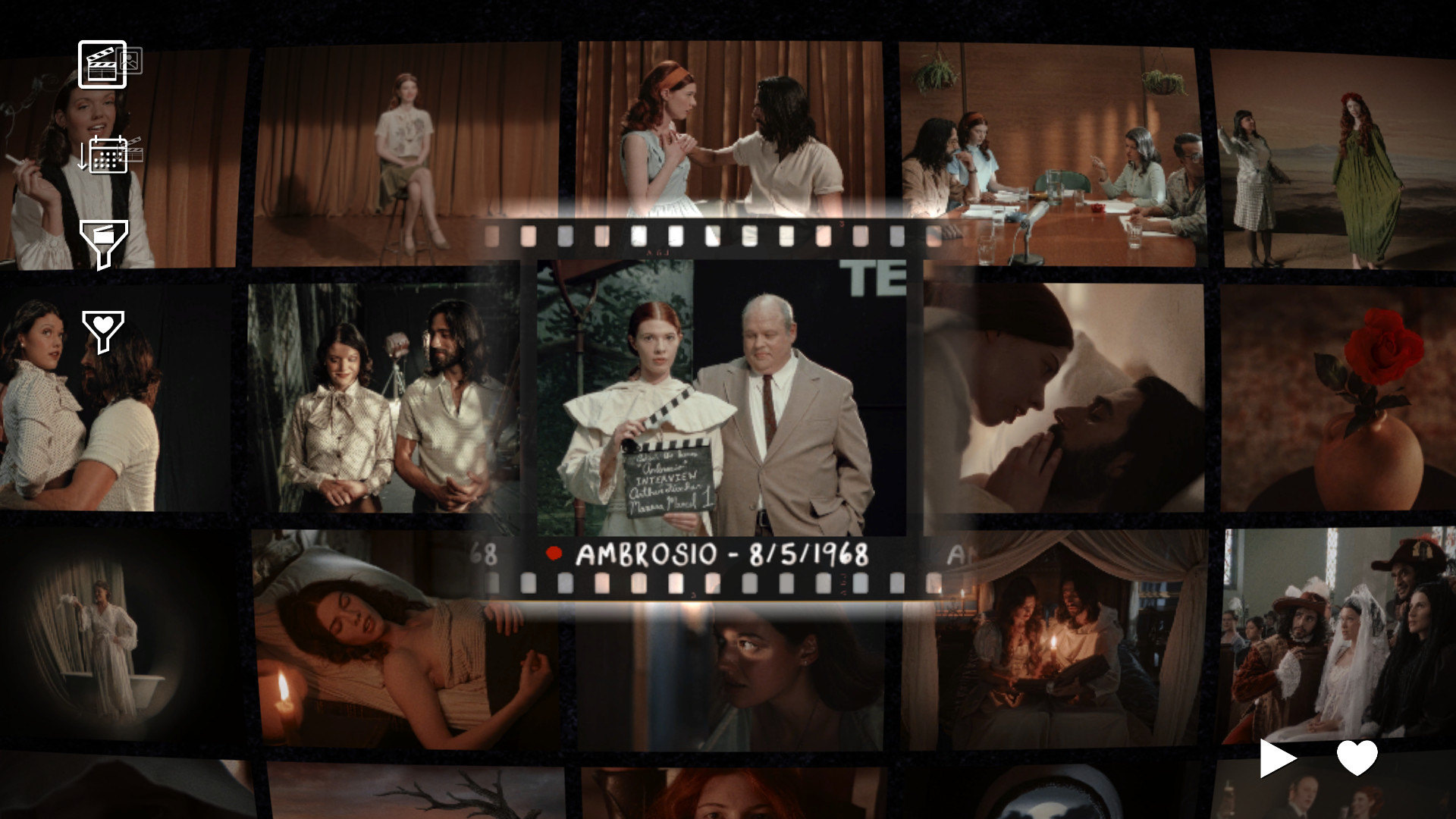
In this feature on how to make an FMV game I've interviewed some leading developers who specialise in this niche but important video game genre. So, if you've ever dreamt of making your own film or perhaps your own game, then learning how to make an FMV game can combine both ambitions.
If you're still asking 'what are FMV games?' then let me explain: Good FMV games combine live actors and physical sets with branching storyline mechanics, making for what is akin to an interactive movie. 2022’s Immortality impressed to the tune of a BAFTA win, and smaller playable flicks like 2017’s The Infectious Madness of Doctor Dekker have become certified cult hits. Read my guide to the best FMV games for more inspiration.
Making an FMV game mixes a lot of artistic and technical skills, so you'll need the right tech. We have a guides to the best laptops for video editing and the best video editing software, that can help. Also, take a look at our feature covering the iPhone video controls. (You can also now create stunning CG characters and mocap on an iPhone using Epic Games' MetaHuman Animator.)
The Infectious Madness of Doctor Dekker developers, D'avekki Studios, has made three more FMV titles since that release, and co-leads Tim and Lynda Cowles chatted to me about how they get the most from their tiny studio. Riding the wave of the FMV resurgence alongside them, publisher Wales Interactive collaborate with a number of small studios, including D'avekki on their 2018 release, The Shapeshifting Detective.
Wales Interactive co-founders Dai Banner and Richard Pring chatted to me alongside their most recent collaborators. Harry and Grace Chadwick are the brother and sister co-founders of Interflix Media. Fresh from wrapping production on mystery thriller The Isle Tide Hotel, all had plenty of advice to share for making your own FMV game.
How to make an FMV game: 10 pro tips
Below I meet the creatives who are passionate about making FMV games. They offer some crucial advice and reflect on their experiences of production, for anyone who wants to make one of these interactive experiences, or even a feature film.
01. Using the term FMV game can broaden your audience
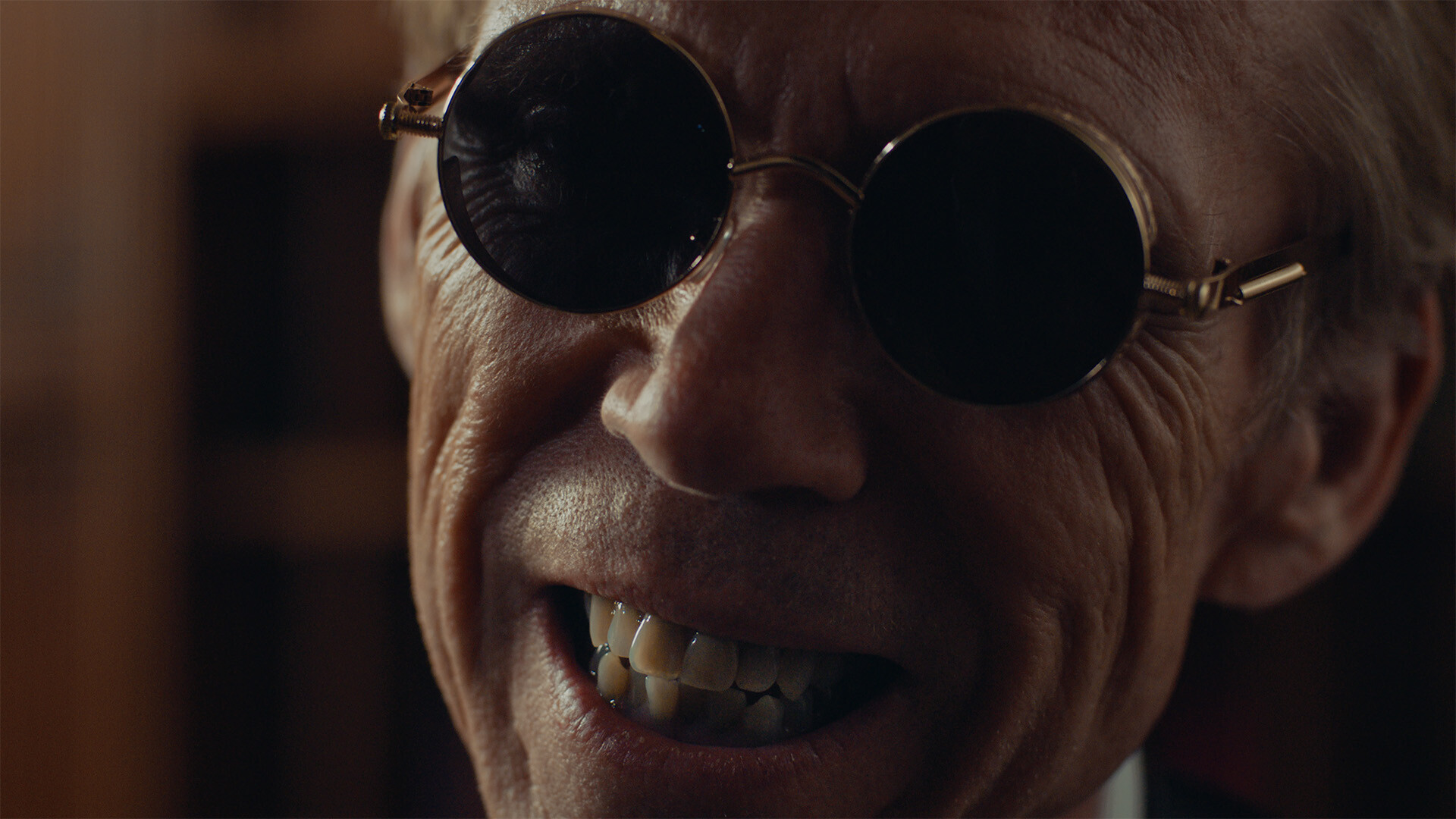
FMV (or Full Motion Video) presents many advantages for smaller projects, even if some feel the name desperately needs workshopping. Dai Banner suggests, "It's just like saying 'video games', right? Video has nothing to do with [it anymore]. But it's cool, isn't it? Right? So I mean, whether we like it or not, the early interactive movies were labelled FMV. So it's a term that's going to stick with some people, and as we add more to that genre, it'll evolve."
Just for a start, Wales Interactive itself has published FMV games that range from romantic comedies to crime thrillers. Tim Cowles echoes a similar sentiment, "It's a nice marketing niche to say you’re FMV, but I think the FMV kind of genre is expanding in so many different directions."
Lynda Cowles elaborates that the term is what you make of it, saying, "It's not really a genre, it’s a presentation style, or it's a tool you use in your game. That said, there are a lot of people that will play a game because it's an FMV game."
The Cowles themselves typify this sort of player, having played FMV games together since 1994's Tex Murphy: Under a Killing Moon. While the name 'FMV' may not be a fully encompassing moniker, it's perhaps better than some other options. For just one example, Harry Chadwick of Interflix Media jokes, "We call it a live action game. But of course, the acronym being LAG, it doesn't really go down well [with a gaming audience]."
02. Using live action footage keeps overheads low
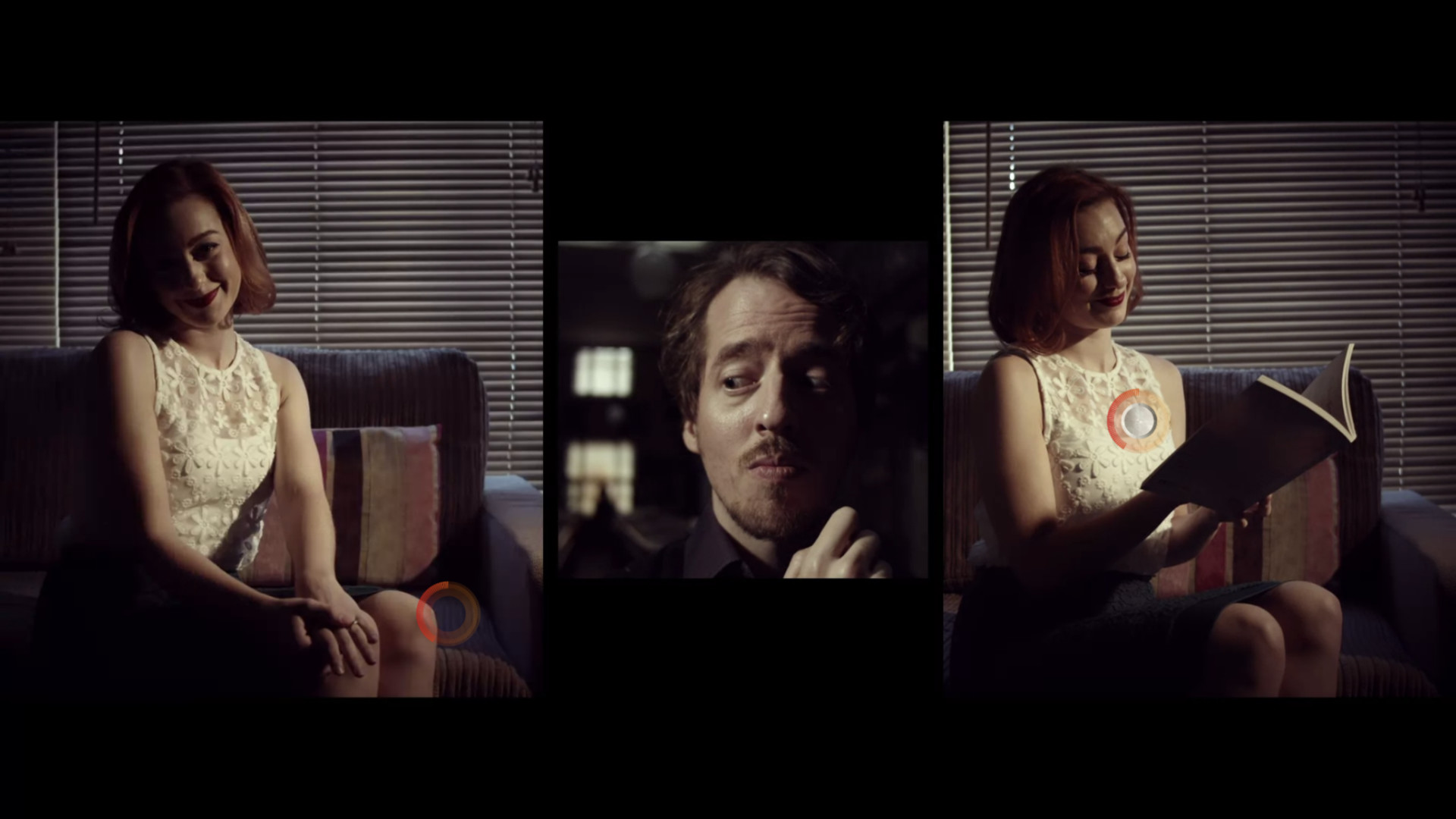
Defined in the 90's by interactive flicks with a decidedly B-movie vibe despite eye watering budgets, FMV games are now an appealingly affordable option for many small teams. For instance, Lynda and Tim Cowles do almost everything at D’avekki, from writing and directing, to video editing and programming.
"We're a very small studio, and we like it that way," Lynda explains, later going on to say, "We like working on every aspect of our stuff, having creative input in all of it. […] we wouldn't be able to make the games we've made with CG models or whatever, without all those extra people."
Richard Pring bangs the drum for smaller productions as well, "It's very difficult, especially as indie studios, to get great performances from […] CG models and that sort of thing without having massive teams […] Whereas with film it's much, much easier to obviously make films realistic."
Richard also later quips, "We always get a great review of a lot of our FMV or interactive movie games, saying, 'Oh, this looks really realistic!' So no one usually complains about the graphics either."
So, using video footage keeps costs down and is an artistic language itself. Interestingly some game developers uses the same techniques but with CG visuals, read our interview with Quantic Dreams about the secrets of interactive drama for more on this.
03. Write what you know
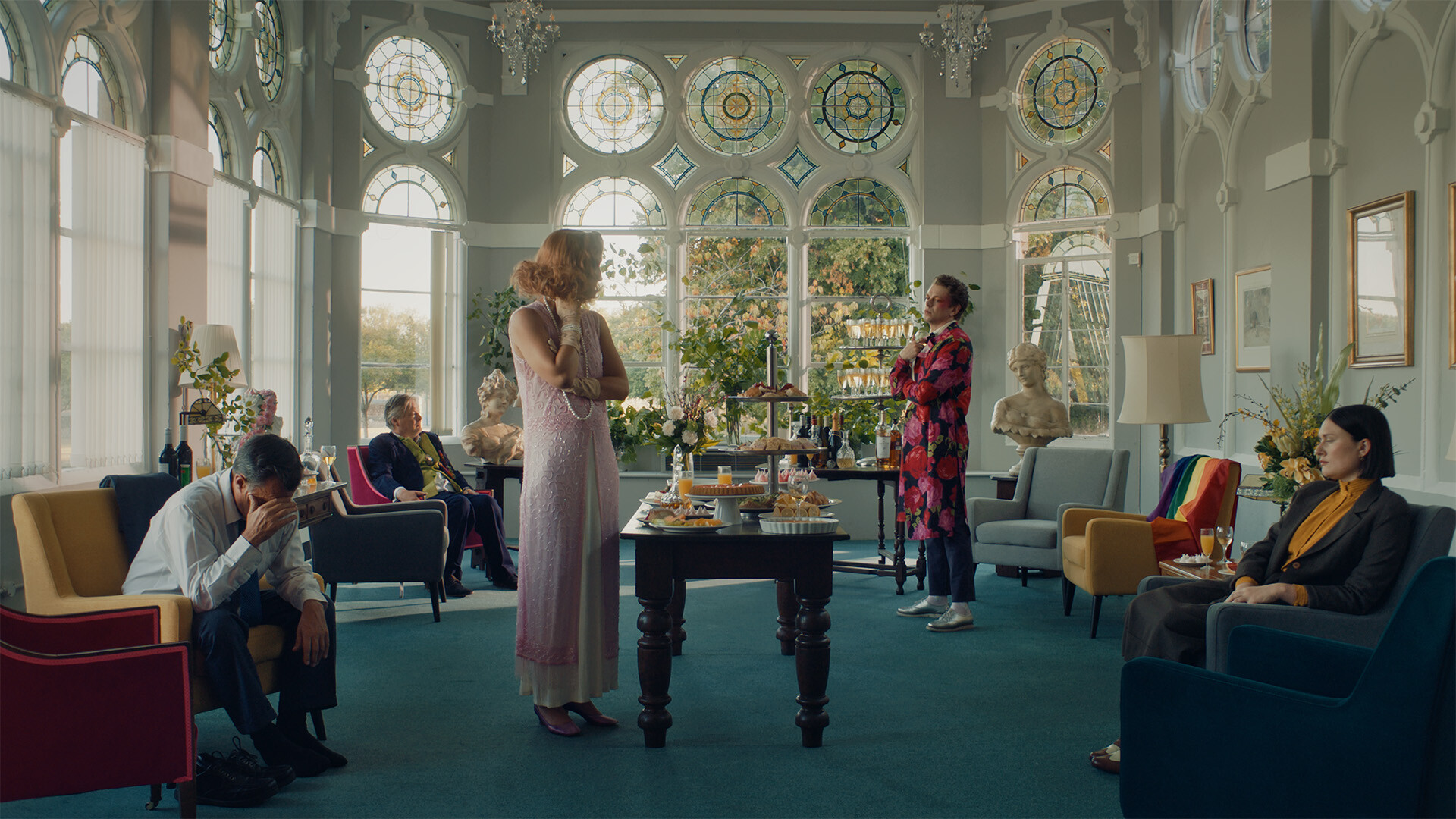
For Grace and Harry Chadwick of Interflix Media, the inspiration for The Isle Tide Hotel came from their lived experience. Harry begins, "[In The Isle Tide Hotel,] you play as an absent father who must rescue his teenage daughter."
As you investigate the cult camping out in the titular hotel, shifting identity is a core theme which becomes vital to understanding the mystery of your daughter's disappearance. Harry goes on to say, "So I suppose the sort of theme for that came around when Grace and I, both new parents, we're a brother sister partnership and just happened to have children at the same time. And [parenthood brings about] like that change in your identity."
As for D'avekki's own well of inspiration, Tim and Lynda Cowles have worked in many fields before becoming full time developers. Just in terms of filmmaking, Lynda shares, "We've made a lot of film content before in terms of, you know, short films, pilot episodes, [Tim's] done a feature film, we used to have films in our [tabletop] murder mystery games."
While Lynda says on this lattermost point, "They're very different in tone. I don't think our fan base would cross very well from our video games [to our tabletop games]," it's hard not to see their influence throughout D'avekki's FMV games. Lynda also shares that when it comes to writing their stories, "There's always got to be some kind of weird, strange vibe." For just one example, she says that many of their games feature a character like Doctor Dekker who dies before the start of the game but "Their presence is very much felt throughout the whole thing; they’re quite influential and set the tone for the whole thing."
04. Writing multiple story paths is vital
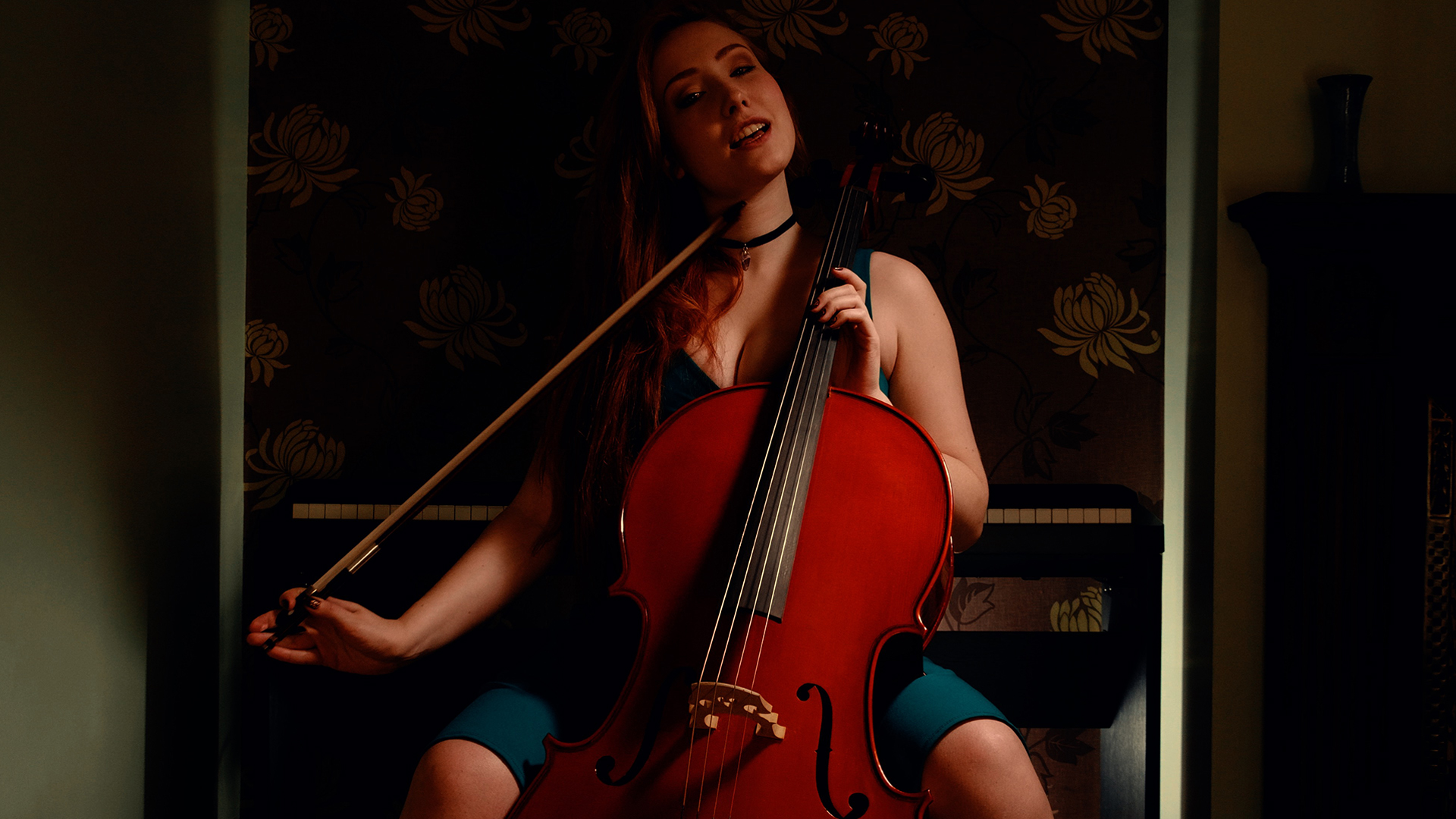
The Isle Tide Hotel was first written as a traditional script before being put into Wales Interactive's own proprietary interactive fiction writing software, Wist (you can try Final Draft). Harry Chadwick explains, "Grace and I previously made some interactive FMVs in the VR space [as Adrift Pictures], but very much the video clip ends and you just pick A, B, or C, whereas Wist basically gave the film memory, and allowed us to get the keys to the kingdom [and] allowed us to explore what the Isle Tide could do in a far vaster way."
Richard Pring elaborates on what is meant by ‘giving the film memory,' explaining that games written with Wist allow for player action to have substantial consequences. He tells us that story choices should avoid feeling cheap, quipping, "If I’m going to play as an arsehole, I want to have an arsehole outcome!"
Harry Chadwick explains that writing with Wist, "[Is] much like writing a traditional script in the sense that you block out a scene, you know where the story is going, and once you reach a choice that the character has to make… For traditional screenwriters, you should write out ten possible answers about what should happen. And then a good screenwriter will pick [option] eight, nine, or ten, instead of the first one they think of. What interactivity allows you to do is explore multiple options. And then you start to pull up that thread, and then you pull out another thread, and then before you know it, the script has diverged into something that's very branching and very different."
Tools like Wist organise story branches and allow developers to play through their script, weeding out a variety of issues before going into full production - though picking up a licence for Wist isn't your only option. D'avekki has used a number of free tools, Tim Cowles says, "You can use Twine, or we use Ink […] which is [from the developers who made] Overboard […] It's a really good tool for program flow so that you can firstly write the story and read it before filming it, which is helpful. [The Shapeshifting Detective] we wrote in Ink and oof, yeah, that was a pain - and without Ink it would have been dreadful!"
05. Keeping actors on the same page is crucial
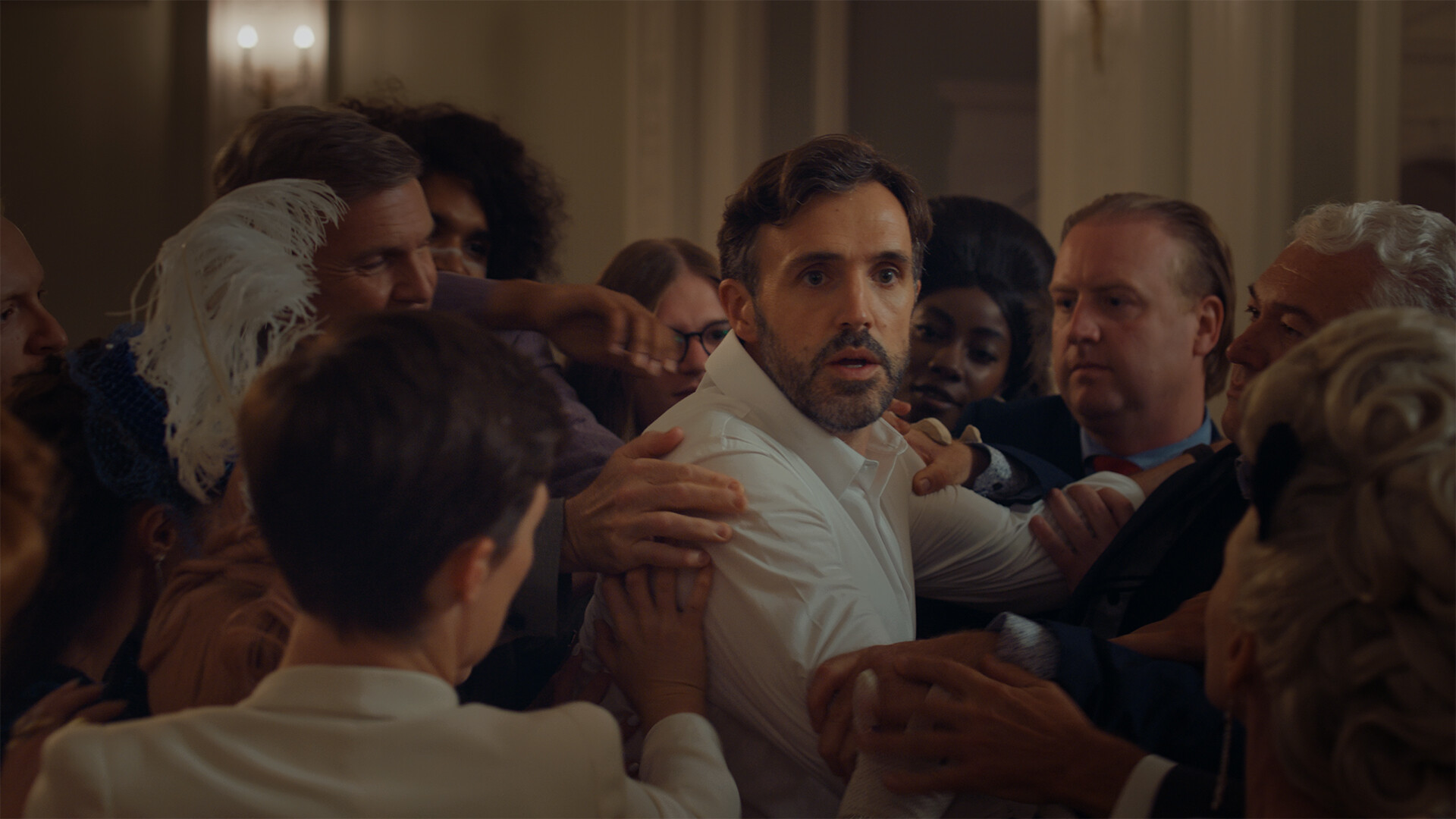
Interactive movies and FMV games being such unique beasts, production presents unique challenges. Just for a start, communication with your actors is key to the success of your creative vision.
"[The script] is really thick, number one," Harry Chadwick begins, outlining the conundrum, "And number two, it's blocked out in bold letters - it really is the traditional 'turn to page forty seven for this answer.' So all of the cast that were present on the Isle Tide Hotel were flicking through and you'd see them - they'd be reading, reading and underlining. And then suddenly, [they'd be flicking through trying to find the page number]. So it takes its lineage from where it comes from, you know, interactive storybooks."
Grace Chadwick elaborates, "Because it is like a 'turn to page' script, it can be a little bit confusing as to where you are in the story. And you feel like you've been reading for half an hour and really you're only five minutes into a play time."
To combat this and keep everyone on the same page during a shoot, she says Interflix prints out a big top down view of the story - a visual aid not unlike a flowchart of events you’d build in Wist or a similar interactive fiction tool. Grace says, "Just to be able to sort of point out where that scene is, and what emotional state your character is in really helps the actors, because often they're coming in blind, they've never done this sort of genre before."
(Why not try some of the best collaboration tools.)
06. You don’t need expensive software or hardware
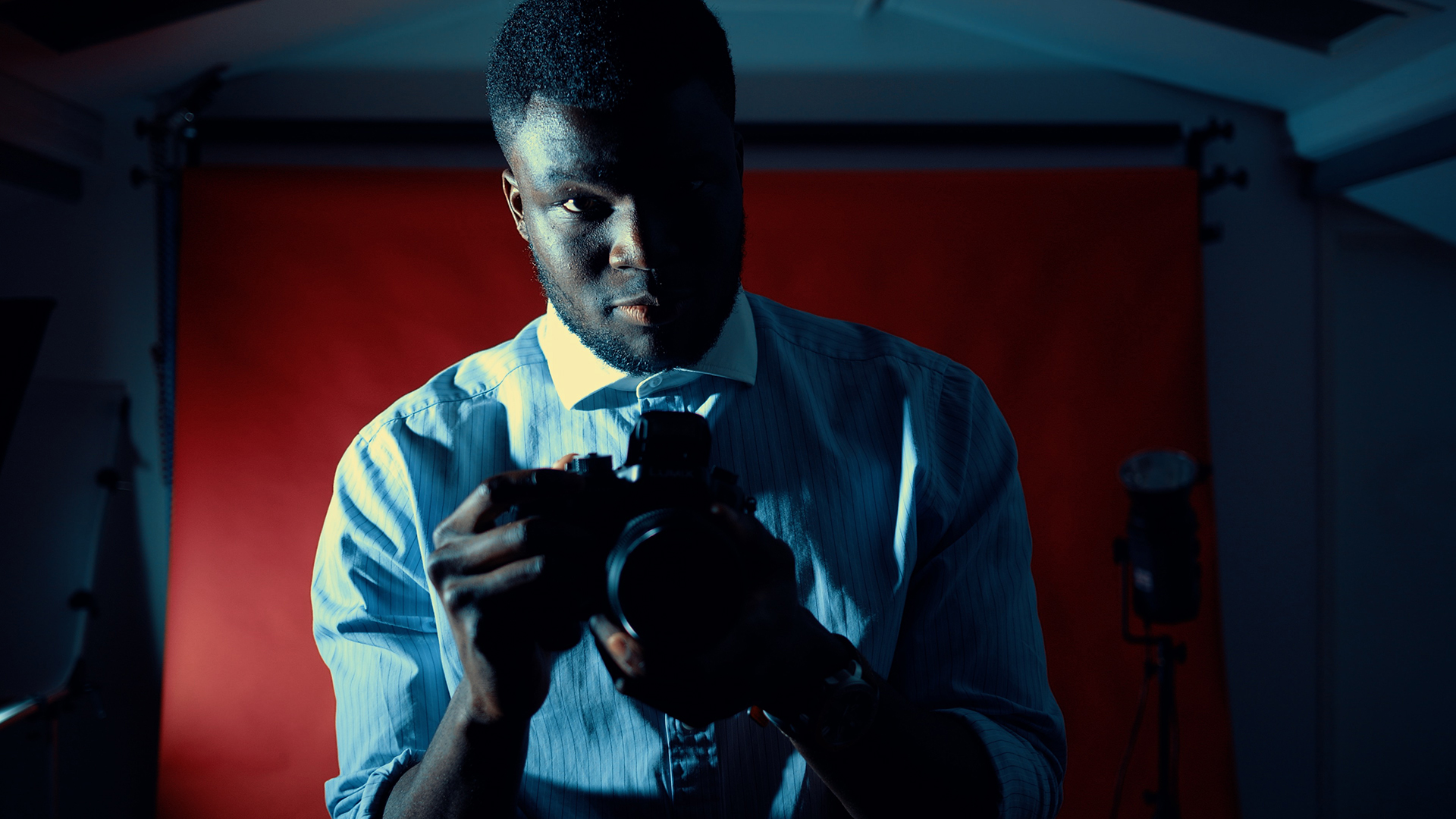
Final Draft remains a popular choice for many screenwriters, but buying the latest licences can be expensive. D'avekki instead runs its text through Fountain, an open-source plain text markup language that allows you to properly format your screenplay in almost any text editor you have to hand. D'avekki then exports its scripts as PDFs for its actors, for ease of reading.
However, you should be thinking about how to make the most of what you have long before ever hitting 'export'. The Infectious Madness of Doctor Dekker was designed to be a small production from the outset, with the entire story unfolding within a single location that doesn't require a sophisticated multi-camera setup.
Tim elaborates, "Dekker was shot on an amazingly tiny budget on a [Panasonic Lumix] GH4, and we did in-camera processing. (Read our guide to the best camcorders for budget options.) And that was it! And we just had a giant 32 inch TV as the monitor, just to see how red [actress] Aislinn [M De'Ath]'s hair was basically."
Tim also advises that, if you can, you should shoot in RAW as this allows you to be flexible with your footage in the editing suite, from changing the colour temperature to adjusting the white balance. On previous productions, D'avekki have used BlackMagic cameras to shoot and DaVinci Resolve to then edit their footage, but Tim is also quick to stress that would-be cinematographers don’t necessarily need all of these bells and whistles - you can just pick up your phone. (Read our guide to the best Black Magic cameras.)
"We were just out and, I haven’t used it for ages - the iPhone - and I was using the 4K video, And it's got amazing stabilisation on there," he says, "I'm there with a dolly going around, like a Steadicam trying to get the old muscles built up, […] And literally the in-camera stabilisation of just like an iPhone is amazing."
For one example, 2017's Morph Girl developed by Jaydeb was shot exclusively on an iPhone 6s. For another, the early stages of production on D'avekki's latest game, Murderous Muses, took place during the early pandemic, and the project's first footage was shot on an iPhone sent to actress Olivia Bourne.
07. Saving money with rapid shoots
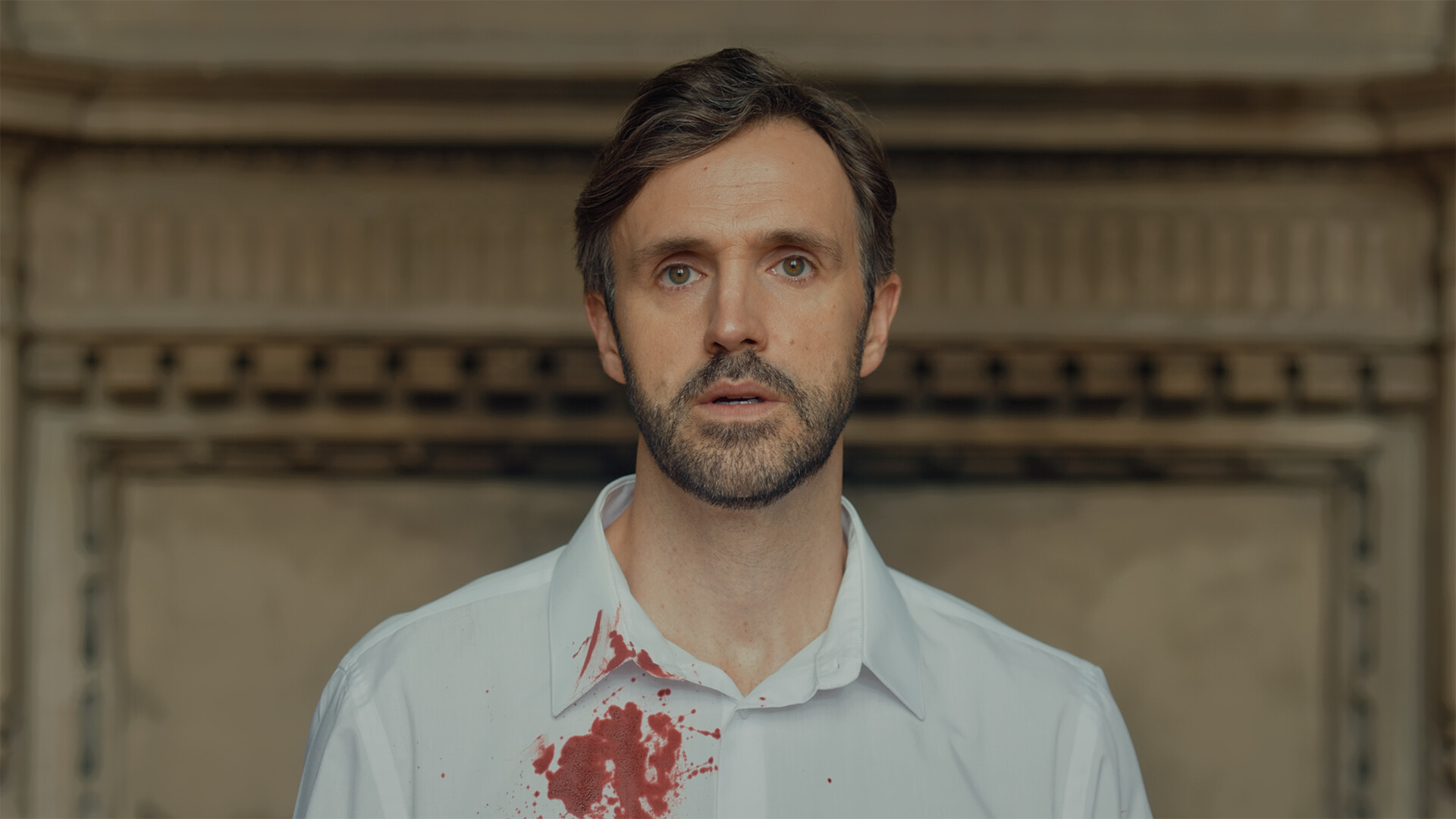
Grace Chadwick tells it how it is, "You're shooting on an indie budget, and you're essentially shooting three feature films worth of content," before going on to later add, "[Lead actor Michael D. Xavier,] was like, 'You're never gonna shoot this!' We were like, 'Yes, we are. We're gonna shoot this.'"
Harry says, "When you're shooting over 700 scenes, it's quite good to be quite organised."
To this, head of production Grace jumps in and clarifies that the Isle Tide Hotel was in fact 730 scenes shot over five weeks. She adds, "[Lead actor] Michael [D. Xavier is], bless him, in every single of the 730 scenes, so he really did hone his craft on this one!"
D'avekki shoot just as rapidly. Tim Cowles says, "For shooting a film maybe two or three pages a day looks good. [Dark Nights with] Poe and Monroe, we would, I think the first day was five pages. I said 'Look, we're gonna have to cancel this project if we’re this slow!' And we ended up getting through kind of on average probably 12, 13 pages or more [by the end of the shoot]."
08. Shooting as if live theatre helps actors
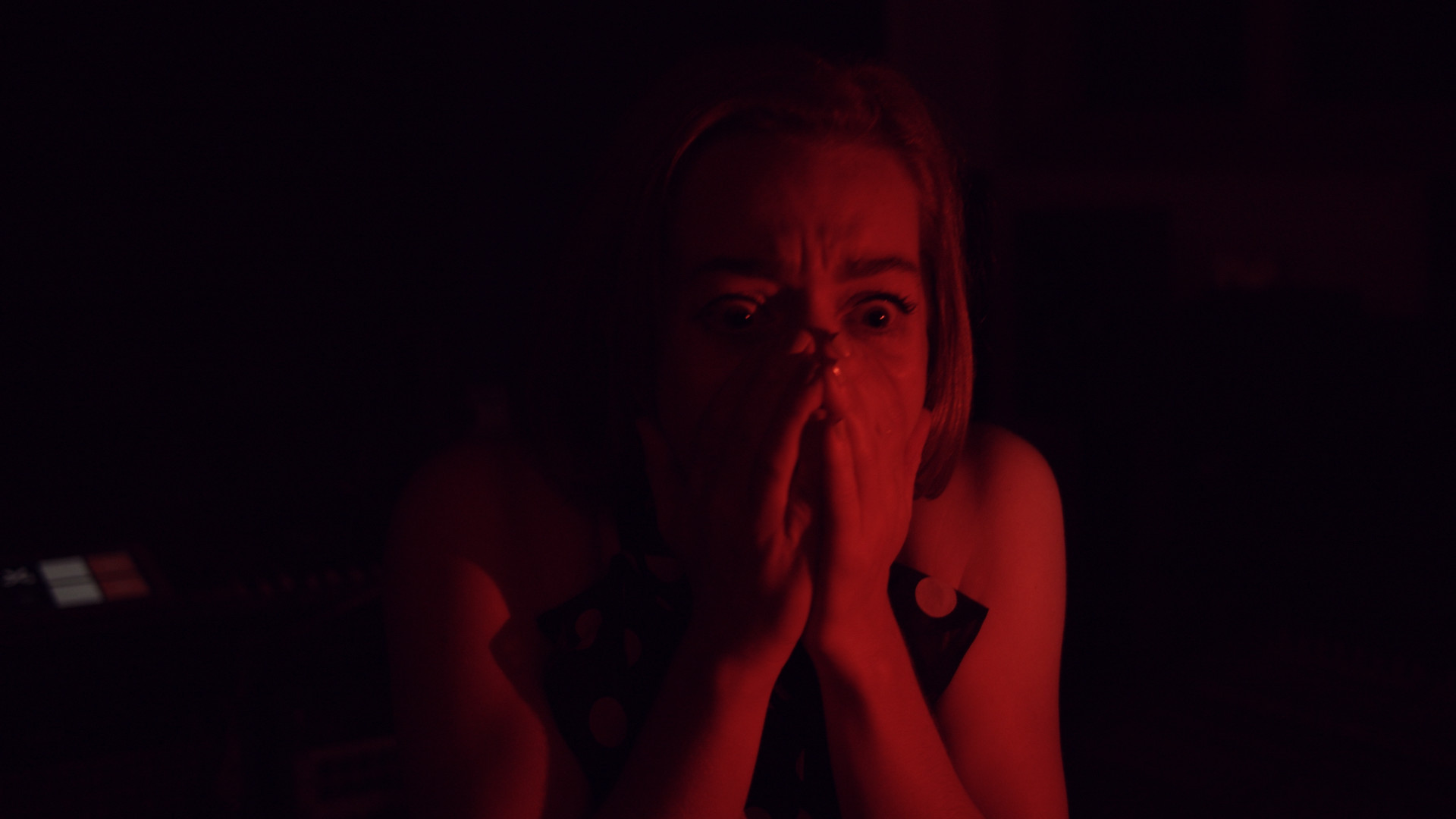
Tim offers some sage wisdom, "One of the first tips for directing is hire good actors, because it means directors can fall asleep."
Joking aside, he also shares, "The actors, you know, they're used to shooting out of order. Even on feature films, they're very used to that - what they're not used to doing is 15 to 25 pages a day. I remember when Helen Jenkinson, who played Elin in Dekker, she said, 'This is really like acting bootcamp!'"
Performing in an FMV game requires actors to commit to their choices, as there is seldom time (or budget) for retakes. Grace pitches it this way, "We sort of said to all the actors, it's almost like live theatre, you're shooting it so quickly."
As demanding and talent-reliant as these shoots are, it can be all too easy to take the efforts of your actors for granted. Tim stresses, "It's easy to forget, there's loads of other people in your game. All the actors, they're all relying on you to put out the best thing you can."
Lynda agrees, "You want them to look good as well, you know."
Tim cracks, "Yeah, I mean, we’re old and dying, it's over for us, but we've got to make those guys look good!"
09. Recognising small details cause more work
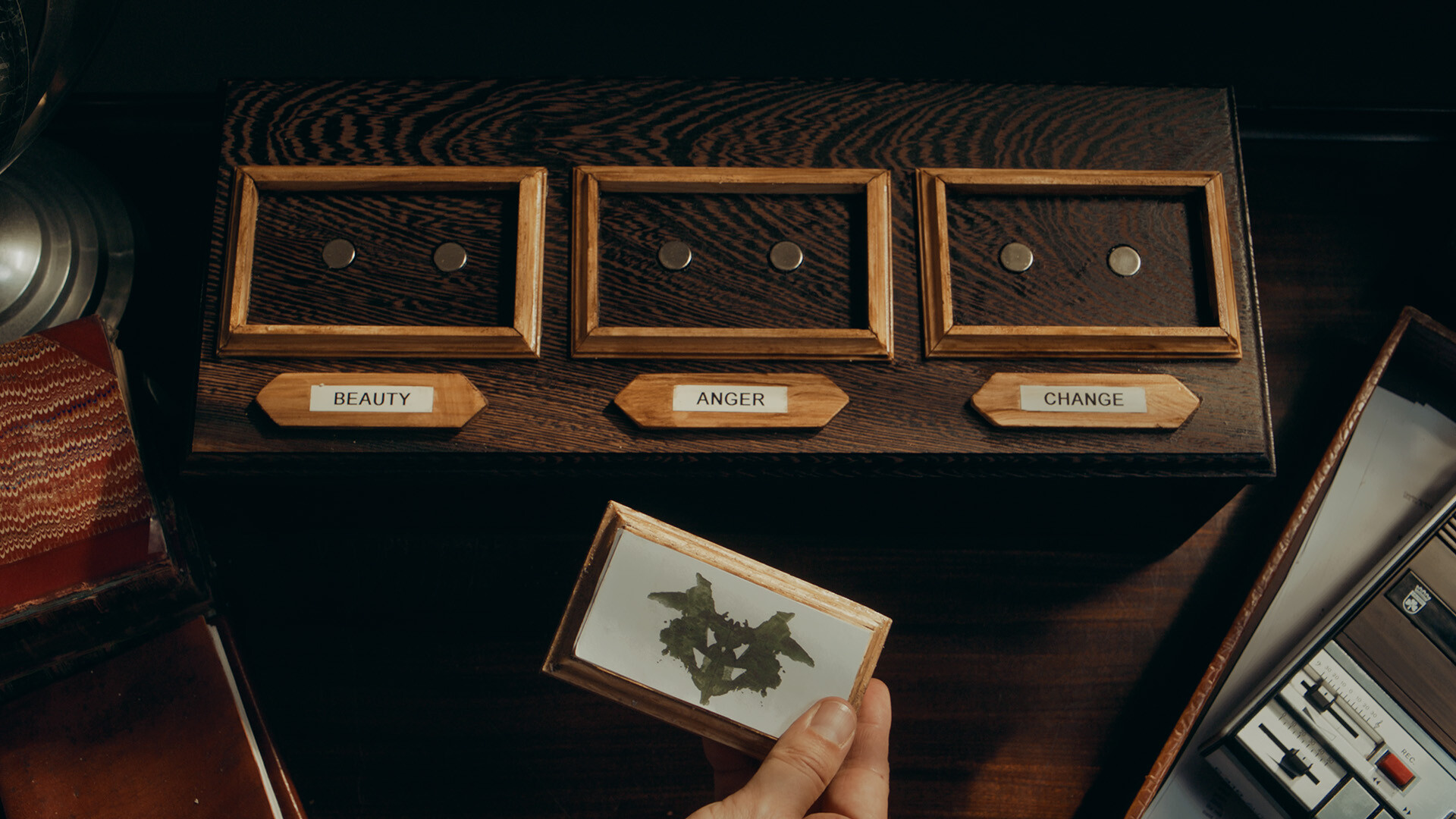
With so many different story outcomes, line learning can be a huge challenge for your actors, and may even threaten to drag your shoot off its carefully timetabled course.
To make things just a bit easier, D'avekki uses autocue machines on projects with expansive scripts. Tim quips, utilising jokey exaggeration, "We bought the autocue [during Dekker], because we realised that not everyone was gonna learn 50,000 lines for five pound a day."
Allowing players to pick up items requires a surprising amount of work in a live action game too. In just allowing the player to take keys from a board in The Isle Tide Hotel, Grace Chadwick had to render out 40 different files for this choice alone. If you find yourself staring down a similar production headache, Harry advises, “Maybe just move the camera to the side!"
He shares a few more hard lessons learned during filming, saying, "No filming corridors anymore. [laughs] Don't let the audience pick which door to go in! I mean, it's a fantastic little easter egg when they get to open the door […] to film it is like, two days in a stuffy corridor. It's really hot, aw man!"
10. Solving problems creatively is a must

Even the best laid plans can be thrown off the rails, but getting back on track is what matters most. Dai Banner stresses the importance of organisation on any interactive fiction project with an anecdote about 2016's The Bunker. Made before the development of Wist, its branching story was organised on bits of paper stuck together (the stuff of nightmares for any interactive fiction creator). In The Bunker, there's a scene where lead actor Adam Brown was meant to fall off a ladder, only for the team to later realise a pivotal shot had never been filmed.
Dai explains this required some creative problem solving, saying, "They still have the outfit that Adam wore, but Adam had long gone; Adam was on something else, right? He's gone, he's out the equation. The bunker they'd filmed at, outside of London is like… it's a bit of a tourist thing […] so they paid to go there for the day, just as tourists [chuckles] and then Simon the producer dressed his wife up - who had short hair - and he filmed her coming down the ladder."
Sometimes, an ideal solution is less apparent and one must remember that shooting something is still better than shooting nothing. During one of the shoot days for Dark Nights with Poe and Monroe, D'avekki were losing light and running out of time to shoot a pivotal sequence. Tim tells the story, "[We] had this whole fight sequence, where you're going to get the gun and all this stuff in one of the episodes. And when we got there, we went, 'We don't have time for this… rock, paper, scissors! Here we go, this is gonna sort it. That'll do it!'"
What is an FMV game
The term FMV stands for Full Motion Video and is a genre of video game that uses pre-recored video rather that 3D models, CG or pixel art, to create narrative-driven experiences.
What do I need to make an FMV game?
You'll need video cameras, the best free video editing software, audio equipment and other tools, such as script editing apps and lighting. FMV games are also known as interactive movies, so you're essentially making a film with branching script paths. You can even make an FMV movie on iPhone these days (here are the latest iPhone deals.)
What was the first FMV game?
The first FMV game is widely regarded to be Sega's Astron Belt that released in 1983 and made use of the then cutting edge laserdisc technology. Other notable retro FMV games include Dragon's Lair, Space Ace and Road Blaster.
Daily design news, reviews, how-tos and more, as picked by the editors.

Jess is hardware writer for PC Gamer. She is the former games editor of PLAY Magazine as well as previous writer for Official PlayStation Magazine, and is known for championing the weird, the wonderful and the downright janky.
- Ian DeanEditor, Digital Arts & 3D
